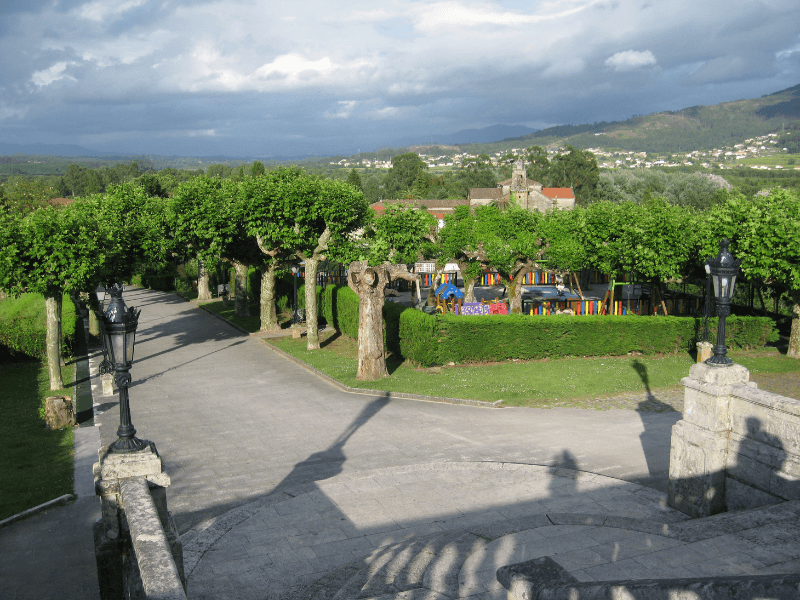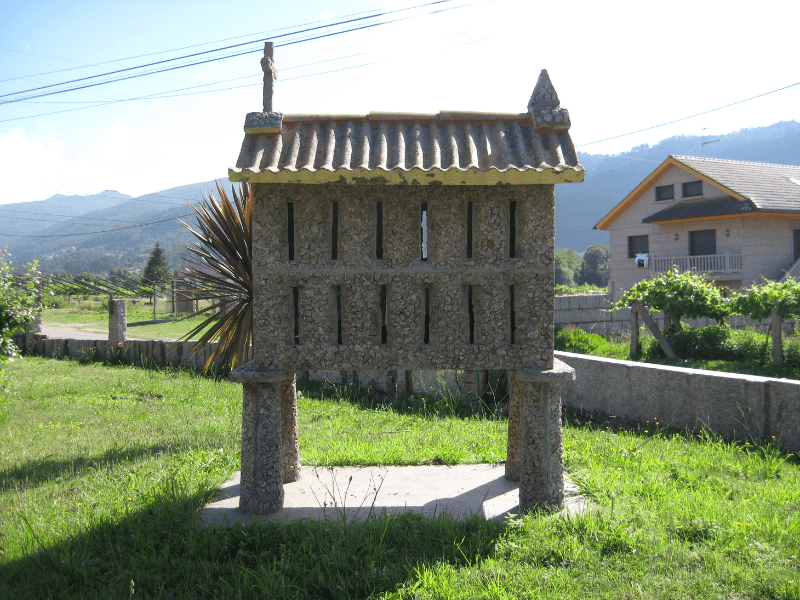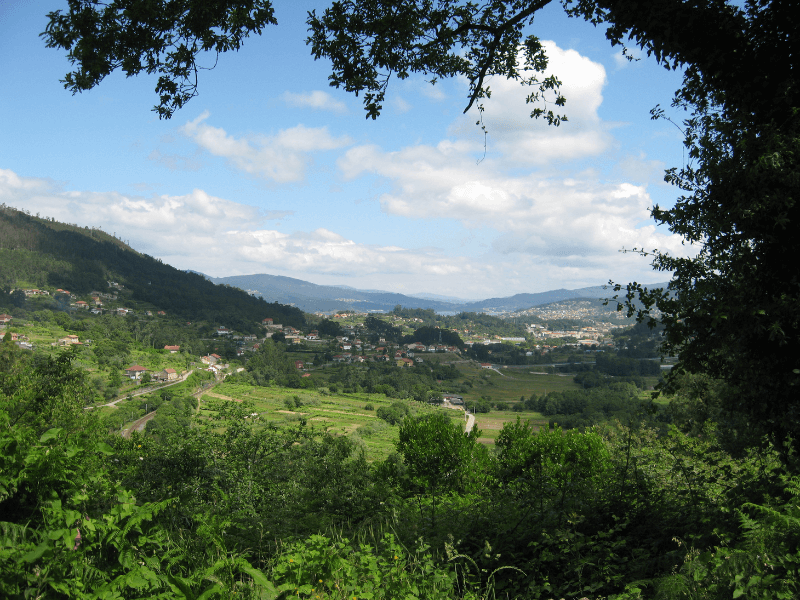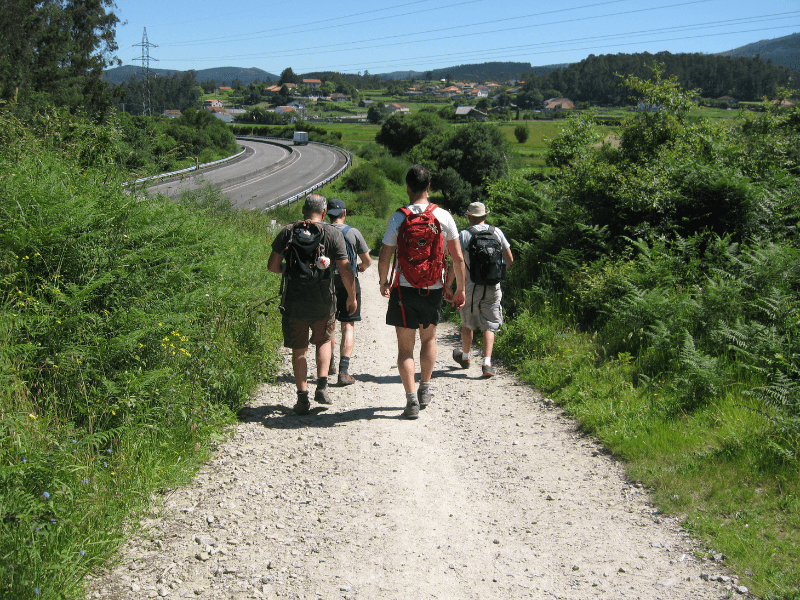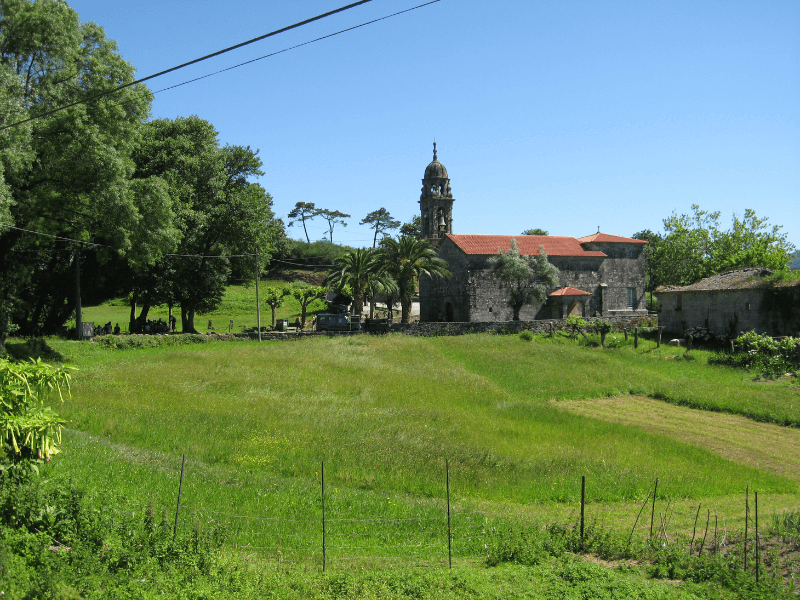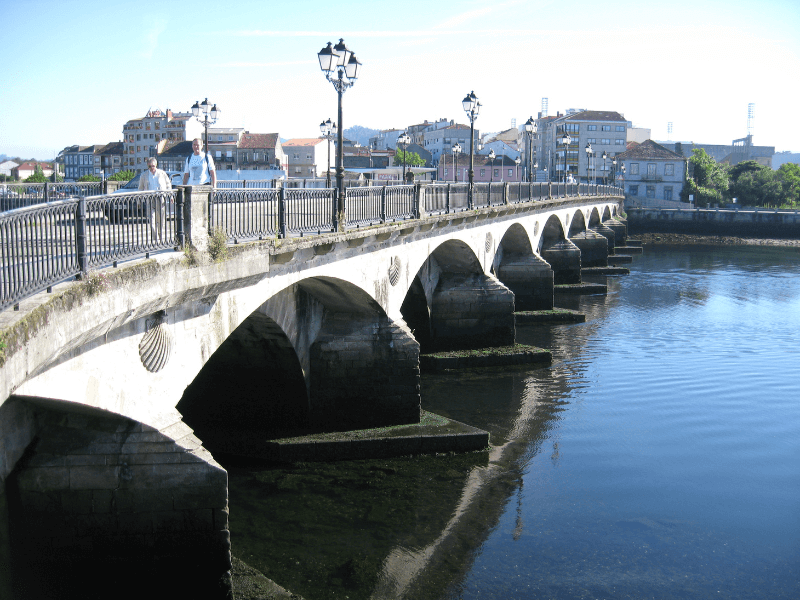
The EasyWays team took care of all the logistics, including booking comfortable accommodations and arranging baggage transfers between each stop. Every hotel and guesthouse I stayed at was welcoming, clean, and perfectly located along the route. It was such a relief to know my bags would be waiting for me at the end of each day—one less thing to worry about after a full day of hiking!
What really stood out was the attention to detail and personalised service. The comprehensive information pack provided before my journey was full of useful tips, detailed maps, and a clear itinerary that made navigation a breeze. Whenever I had a question, the team was quick to respond with friendly and helpful advice.
Walking the West Highland Way is a bucket-list adventure, and EasyWays made it all the more special by handling the planning so I could focus on the incredible scenery, from the dramatic peaks of Glencoe to the serene shores of Loch Lomond. This was my first walking holiday, and I’m already looking forward to booking my next trip with them.
If you’re looking for a hassle-free walking experience where everything is taken care of, I wholeheartedly recommend EasyWays. Their expertise and thoughtful planning made this one of the most memorable trips of my life!
From start to finish, everything ran so smoothly. The accommodations were lovely and we couldn't fault the selection EasyWays booked for us. We will definitely book with them again.
1. Payments are made in a way that you do not know exactly what you will get until after you pay, you get a general program and then refunds are not easyways. read the small letters!!
2. In case of no accommodation, they offer a transport with bus or taxi to a different location. in our case taxi was delayed for a very long time ended in very late arrival to the gust house.
3. In accurate place of the first luggage pickup
They arrange for your luggage to the shifted from accommodation to accommodation so all you need to do is focus in your walk. They arrange any necessary transfers. They take out all the stress of planning popular tours like the West Highland Way. However if your have special requirements they are able to tailor tours to suit your needs. They can help you arrange for dogs/young children to travel with you based on accommodation that can host these requirements. Either fill in an enquiry form via thier website or send the team an email. I am an amateur walker and Easyways showed me how much more I can do and inspired me to some phenomenal walks and see the best of Scotland.
We have been very happy with the standard of accommodation over the years.
The staff at Easyways are great to deal with - friendly and helpful and the whole process is entirely painless.
In a nutshell, we automatically turn to Easyways when considering a long walk - wouldn't go anywhere else!
Route Stops
Arrive in Santiago Airport with private transfer to Tui at the start of the route for your first overnight before commencing your walk after breakfast the following morning. Start your pilgrimage visiting the astonishing Cathedral of Tui. This small town was once a religious centre of the importance comparable to Santiago. Strategically situated, the old town of Tui faces the Valença fortress on the other bank of the Minho River. The Minho since XII century is a natural border between Spain and Portugal.
After leaving a beautiful medieval Tui, the end of the first day of the pilgrimage may seem sad. Some pilgrims on that first day follow 32 km (19 miles) to Redondela, but we recommend breaking it in two parts. Porriño is famous for the granite mining industry that is used in many of the local buildings however a new route option avoids this area of the town and allows walking on forest paths with plenty of shade.
The second short day. You will pass through the tiny town – Mos, which means the small land of mills. Indeed, on your way you should see some of the traditional constructions: mills made of stone, “cruceiros” – public crucifixes also made of stone and if you pay attention, you will notice that all houses have “hórreos” – typical granaries built in wood or stone.
Pontevedra is one of the biggest towns of Galicia. Looking at the streets of its old town you will see similarities to Santiago. The main saint of Pontevedra is St. Mary the Pilgrim Lady and special week-long “fiestas” are celebrated in homage to her every year in August. Columbus’ ship “Santa María”, one of the three ships that led him to discover America, was built in Pontevedra. There is even a strong belief among local people that Columbus himself might have been born in Pontevedra’s neighbourhood, not in Genoa in Italy.
The main joy of this stage will be the rural landscape. You will observe how the green grapes are growing, to be later turned into one of the most excellent white wines in the world: Albariño wine from Rías Baixas. Caldas de Reis means “Kings’ Spa” and indeed there are thermal springs in this small Galician town. Don’t forget to try how warm the water is in the public fountain on “das Burgas” Square.
According to the legend, Santiago’s disciples brought the apostle James’ dead body from Jerusalem to Padrón and only few centuries later it was moved to the Libredón Forest, to the place where today’s Cathedral of Santiago is built. If the body hadn’t been mysteriously moved, maybe today everybody would be making a pilgrimage to Padrón instead of Santiago. Today Padrón is a small town famous for its little, green hot peppers.
On that last day of pilgrimage you will pass through the Escravitude church which looks like a Santiago Cathedral’s miniature. From the Agro dos Monteiros hill, you get your first glimpse of the spires of the Cathedral of Santiago de Compostela and the city. Pass Alameda Park and arrive at the entrance to the Old Town. Rúa do Franco is full of bars and gift shops, and is probably one the most lively streets in Santiago. Arrive in Plaza del Obradoiro, where the Cathedral sits.
Congratulations – you have completed the Camino Portugues! After breakfast, it is time to set off on your onward journey.
EasyWays proposes starting from Tui, on the Portugal / Spain border, for 6 days’ walking on the Camino Portugues in rural Galicia past terraced fields, lush forests, vineyards and peaceful sleepy villages to end at the magnificent Cathedral City of Santiago de Compostela.
The Camino Portugues – or Portuguese Way in English – is one of the routes that comprise the Camino de Santiago – the Way of St James. According to tradition St. James’ remains were carried by boat from Jerusalem to be buried in northern Spain, where the cathedral now stands.
St James’ Way can take numerous routes through Spain, some starting as far away as France or Portugal, all ending at the cathedral of Santiago de Compostela. The entire Camino Portugues starts from Lisbon, over 500 km from the city.
The symbol of the Camino is a scalloped shell. There are a number of legends about the significance of the shell. It also served practical purposes for pilgrims who used the shell to scoop up water to drink. Today, you will see the shell on signposts to guide you on the way and many walkers wear a shell to identify themselves with the Camino and it remains a popular souvenir of this memorable, and sometimes spiritual, walking tour.
A Compostela is a certificate of accomplishment given to pilgrims on completing a minimum of 100 km of the Way. Your official Pilgrim Passport be available to pick up at your first overnight hotel. On the Way, always remember to have your passport stamped with the official St. James stamp at least once a day. Hotels, restaurants, bars and churches provide this service that provides an authentic and original record of where you ate and slept on the route. On arrival in Santiago, you can then present your passport to receive your Compostela from the Pilgrim’s Office.
The Botafumeiro is the famous giant thurible used in the Santiago de Compostela Cathedral. It is a 1.5 metre high receptacle containing incense and during Mass is tied to a rope hanging by the altar and set in motion with great precision, forming an impressive 65-metre long arched trajectory along the cathedral, a ritual that has been taking place at least since the 12th Century.
If you want to see the Botafumeiro in use, the easiest way is to attend Pilgrim Mass in Santiago on a Friday evening at 19.30hrs. It is also used on special dates throughout the year such as Christmas Day and Saint James Day. Whenever St. James’s Day – 25th July – falls on a Sunday, the cathedral declares a Holy Year. Depending on leap years, Holy Years occur in 5, 6, and 11 year intervals. The next will be 2021.
The Camino Portugues route is available from March until October and availability can be checked by completing and EasyWays Enquiry Form.
Quality Accommodation
Door to Door Baggage Transfer (max 20kg)
Rucksack Readers Guide Book
Location Details For Each Accommodation
Travel Information from start to finish
Sugguested Equipment List
Route Packages
What’s included?
- 7 nights’ accommodation for 2 people sharing in private inns with en-suite shower/wc
- Breakfast
- Door to door baggage transfer – maximum 18 kg per bag
- GPS Mapping App detailing full tour and accommodations
- Travel information to the start and from the finish of the walk
- Official Pilgrim Passport
- All local taxes
- Emergency support in Spain
What’s not included?
- Flights to and from Santiago Airport
- Private transfers to and from the airport on arrival and departure (EasyWays will be happy to arrange these if required)
- Evening meals, packed lunches and drinks
- Travel insurance
First established in 1996, EasyWays has built a strong reputation with the UK and International walking community in the delivery of walking holidays throughout Scotland.
The template of every successful business is grounded in long term relationships, and EasyWays, along with our accommodation providers and baggage transfer companies work as one to ensure your walk experience is both enjoyable and memorable.
As a Scottish based company we are close at hand to the walking routes and pride ourselves in delivering a bespoke service – tell us what you would like and we will build an itinerary to match.


